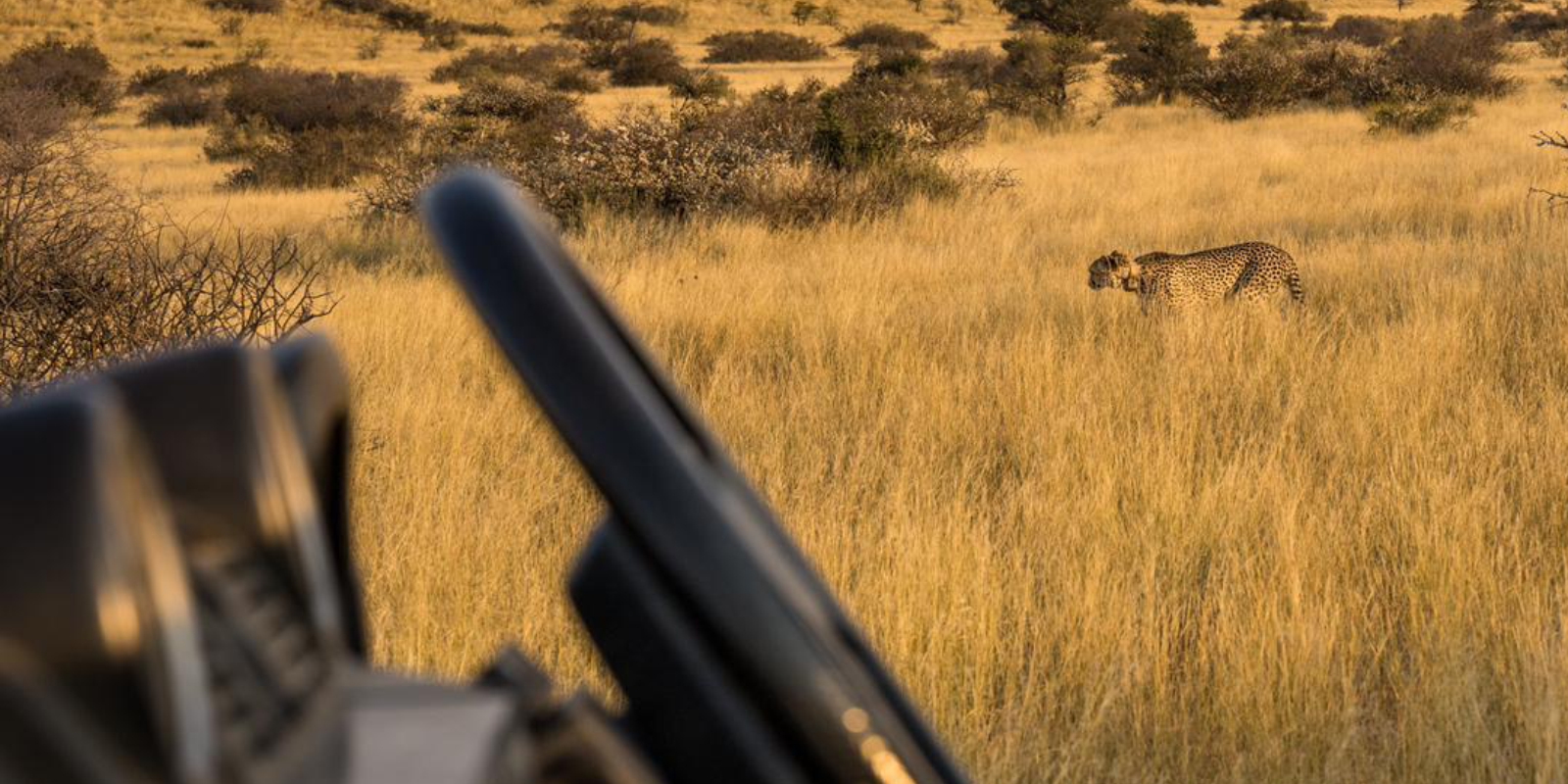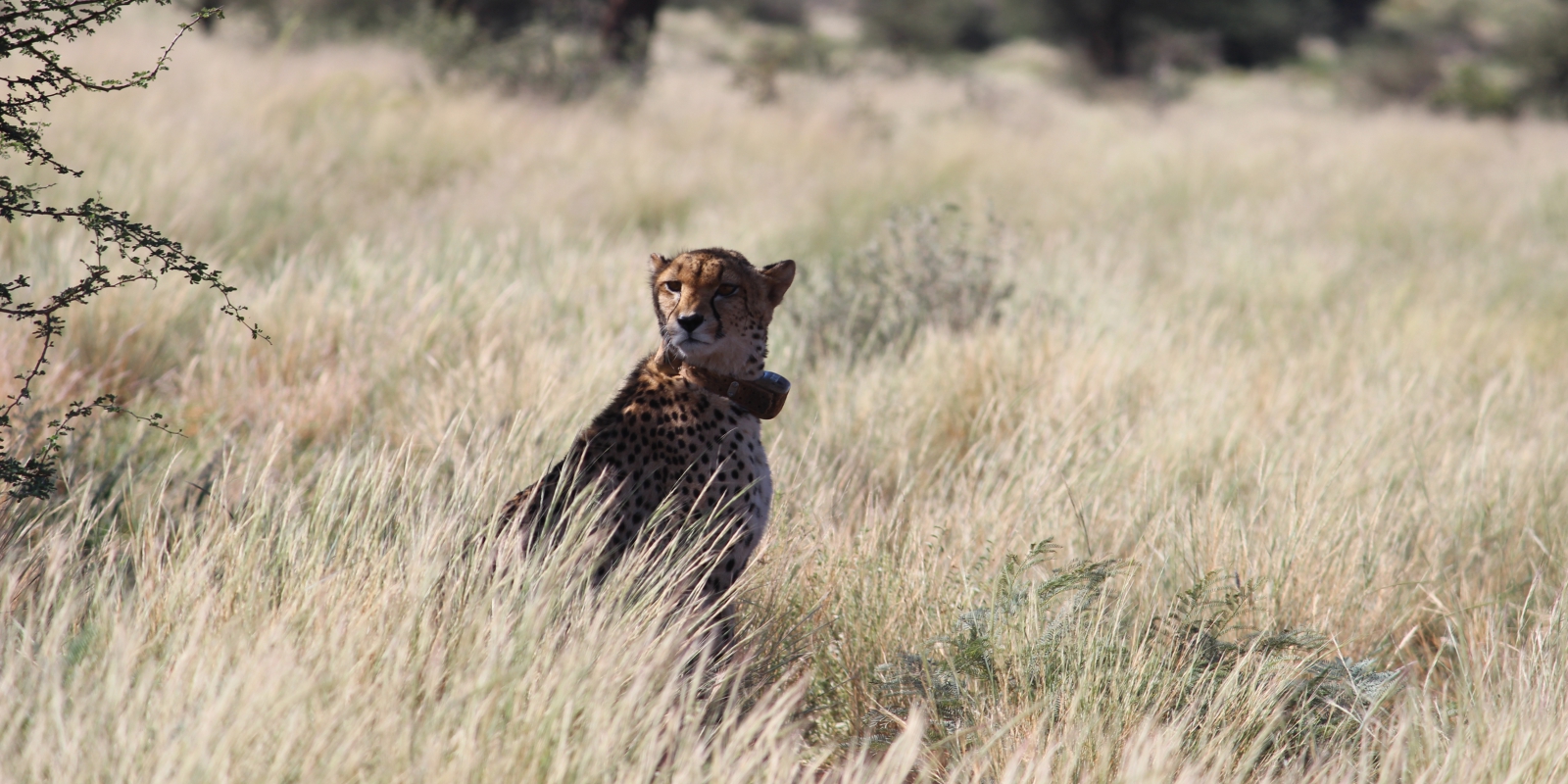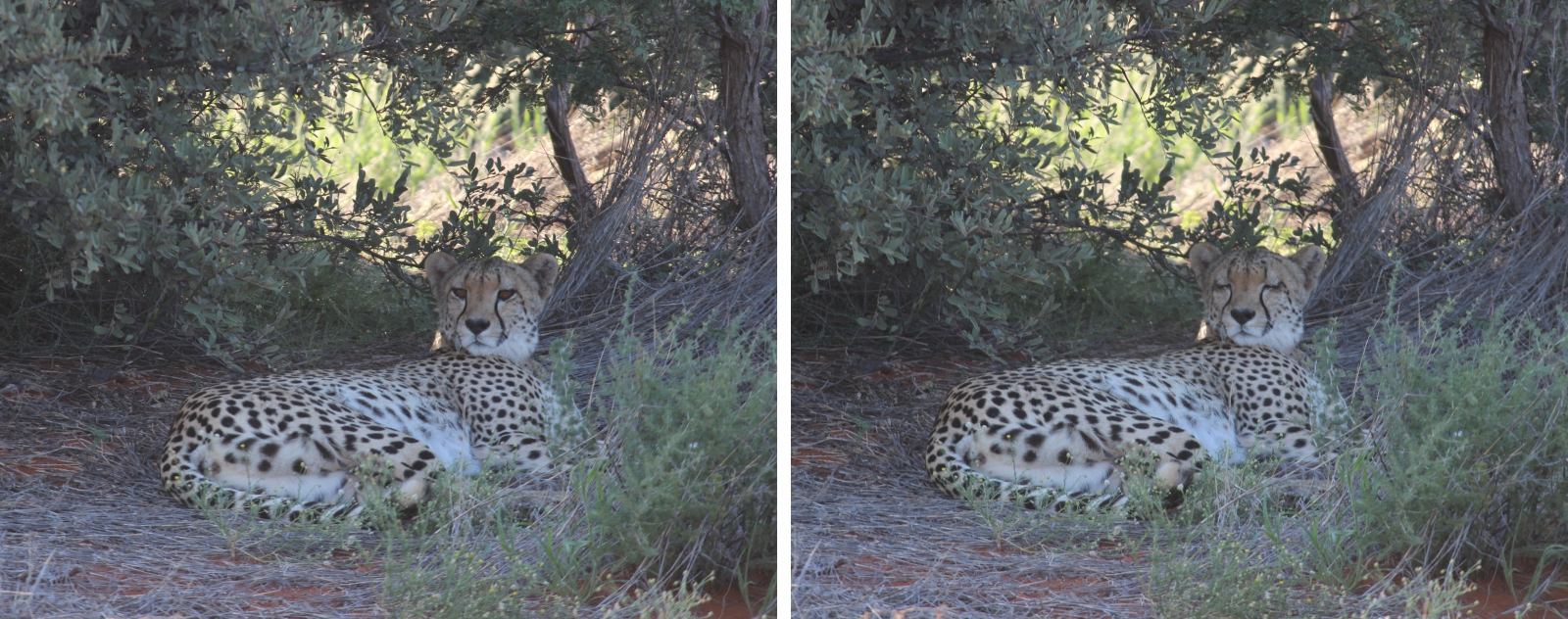Making progress with cheetah habituation
A new project for me this summer was getting involved with cheetah habituation. Habituating wild cheetahs, by which I mean those that are not used to the presence of humans, is important as it allows us to monitor their behavioural patterns and movements for research purposes as well as get them used to safari vehicles carrying guests.
Six weeks stretched ahead as I began the slow, painstaking process of following two collared, female cheetahs, otherwise known as 78 and 80 (their collar numbers), in my vehicle. The cats were skittish at first, visible in their body language such as flattening their ears, walking away and hiding. Some days I would spend up to three hours trying to locate them, and would be lucky if I got to spend five to 10 minutes in their presence before they ran away.

During this process, instead of driving towards the cheetah, the best course of action was to try and go in a different direction to the one in which the animal was moving, to prevent it from feeling threatened. The minute I noticed that they were comfortable with the distance between us, I would stop the vehicle. Over time, edging incrementally closer was the goal, stopping when they stopped, aware at all times of their body language. If the cats got up, tried to move away or appeared stressed, I would leave.
The idea with habituation is for the cheetah not to view the vehicle as a threat.
Creating a safe, non-threatening space included getting them used to the sound of voices. I kept the radio on, allowing them to get used to the sound of other guides’ voices as well as the hum of the engine. When accompanied by someone, I made sure we talked normally to get them used to different tones and pitches.

One day, the long hours and patience paid off after I located first 78 and then 80, the collared females, at a location known as Peens. A collar is used in conjunction with a telemetry set, consisting of a radio receiver and an antenna. The frequency of the collar is entered into the radio receiver and if the animal is in the vicinity, you should be able to pick it up. The more bars that appear on the screen and the less distorted the beeping becomes, the closer the animal is.
I reached Peens and tried to locate the first female, 78, since I had a strong signal, but I couldn’t see her. I thought she might be over a ridge, but there was no vehicle access. I decided to leave her, as I knew she could smell and hear me, and I didn’t want to push her boundaries too much. I decided to go looking for 80.
I drove back east to 80’s last known location and found her in an open area sitting under a tree. She started walking away slowly, showed no signs of discomfort, then stopped and defecated, an indication of just how relaxed she was in the presence of the vehicle. Then she started walking slowly, and all of a sudden she sprinted. I saw her tail swish from left to right before she veered left. A little steenbok was running to the right and I didn’t even notice there were two until she had the second one in her jaw, a reminder of the incredible speed of these cats.

She held it by the throat, as cheetahs kill by suffocating their prey for about a minute – long enough to kill it. She moved the lifeless steenbok, dropping it at the base of a tree approximately 10 to 15 metres from my vehicle. For a while, she sat and tried to catch her breath, regulate her breathing and gain back the energy it took to hunt. She stared at me, or through me. It felt like a moment of real progress in the habituation process, as she was not bothered in the slightest by the presence of the vehicle or me. All the time dedicated to this task had paid off when I realised that 80 was relaxed enough to hunt in the presence of a vehicle. Leaving the sighting, I felt excited about what lay ahead and the potential for guests to enjoy similar moments in the future.
Images by Micole Monteiro.

